To many observers, the Iranian state and society present a homogeneous, religiously Shiite, unified image. But the reality is far more complex. The population is extraordinarily diverse in ethnic, linguistic and religious terms and - according to some studies - rising social tensions and growing religious alienation may pose a serious challenge to the Ayatollahs’ regime. A 2020 survey by GAMAAN, which representatively sampled the views of 40,000 Iranians, found that a majority of the population rejects religion’s legal and political role and is increasingly distancing itself from the regime’s theocratic structure.
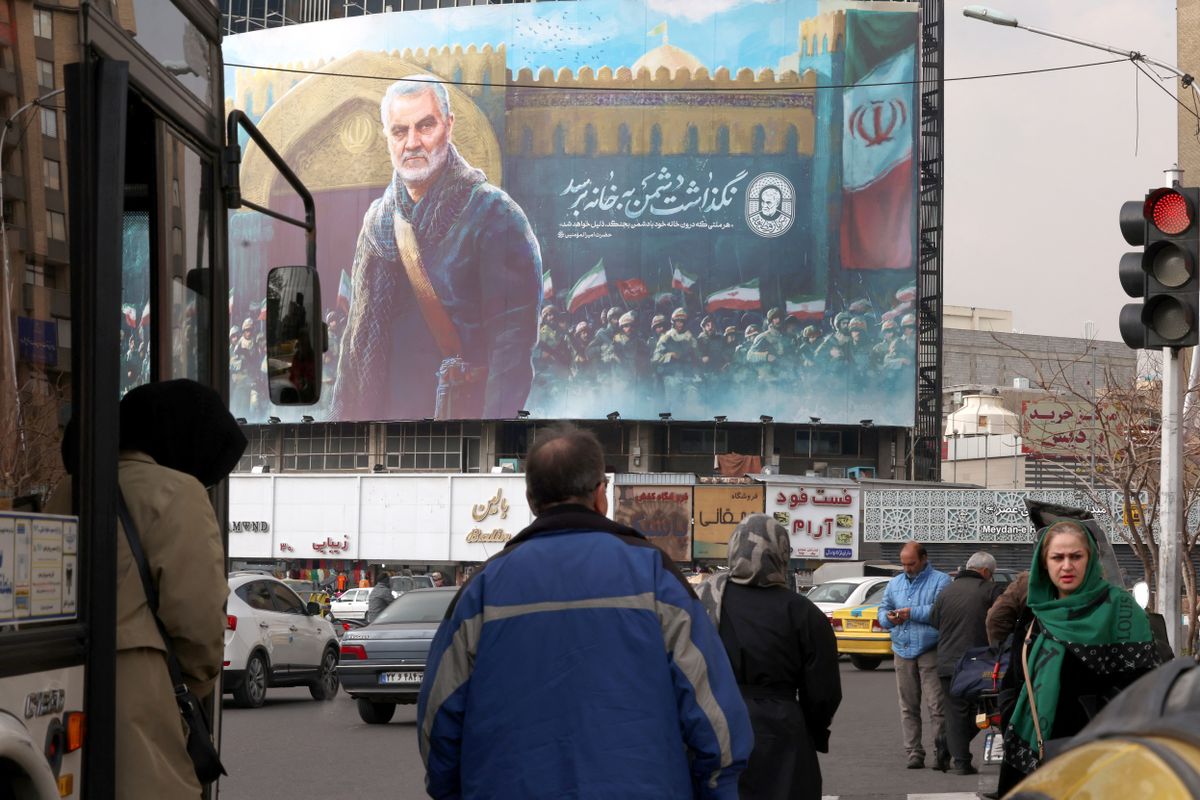
Iran Is Not as Religious as Many Believe
The 2020 study conducted by GAMAAN highlights a profound religious transformation underway in Iran. Although 78 percent of respondents said they still believe in God, adherence to the doctrines of Shiite Islam has dropped dramatically. Only 32 percent of those surveyed identified as Shiite Muslims, while 22 percent reported no religious affiliation whatsoever, and nearly 30 percent described themselves as atheist, agnostic, or belonging to alternative spiritual traditions.
Iranian society is therefore far less religion-centered than official state discourse would suggest.
Sixty-eight percent of respondents said that religious rules should have no role in legislation, and 72 percent opposed the mandatory hijab. These numbers indicate that a significant portion of society rejects political Islam, even if they maintain their personal faith.

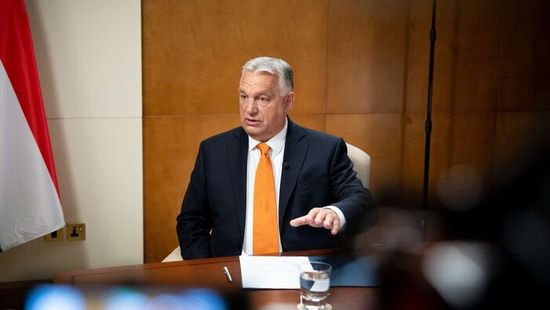

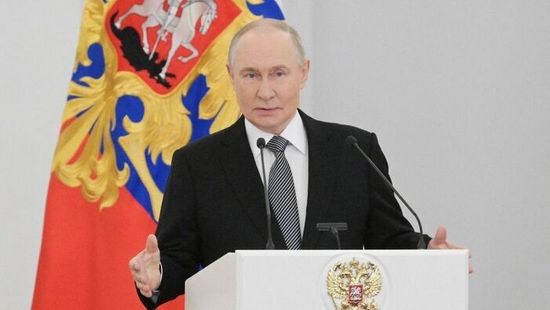
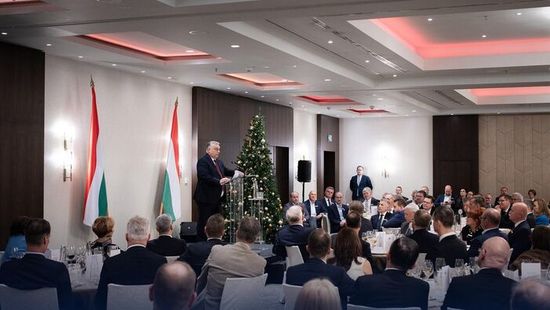



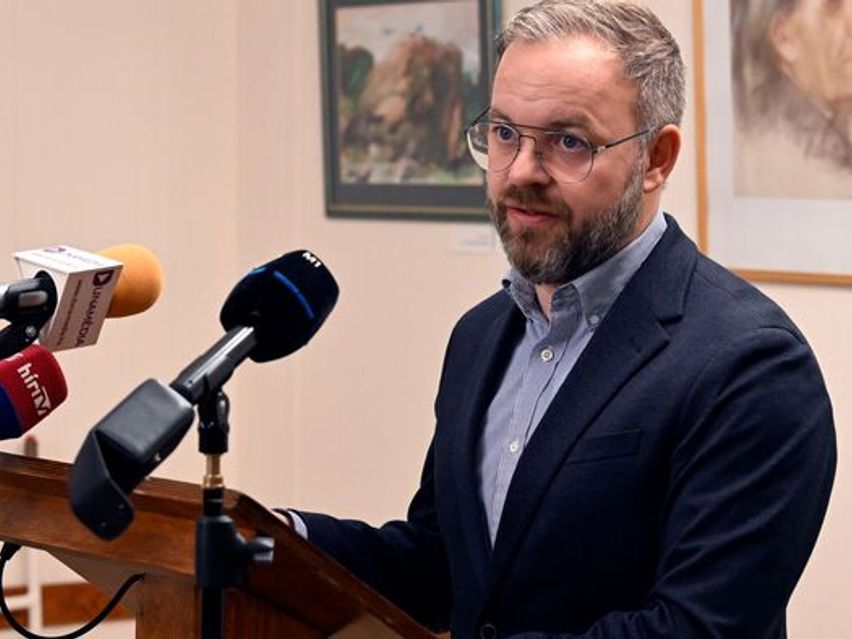



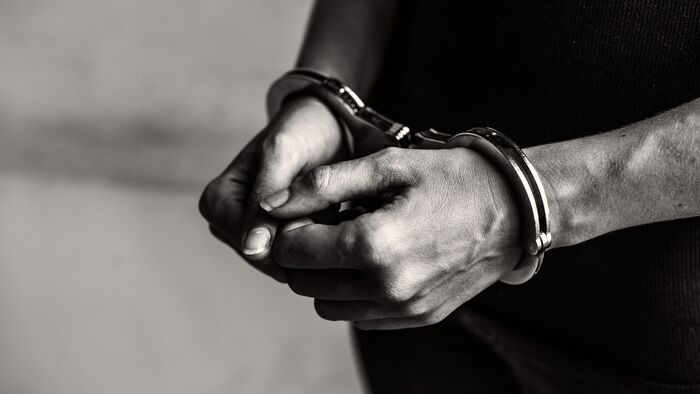
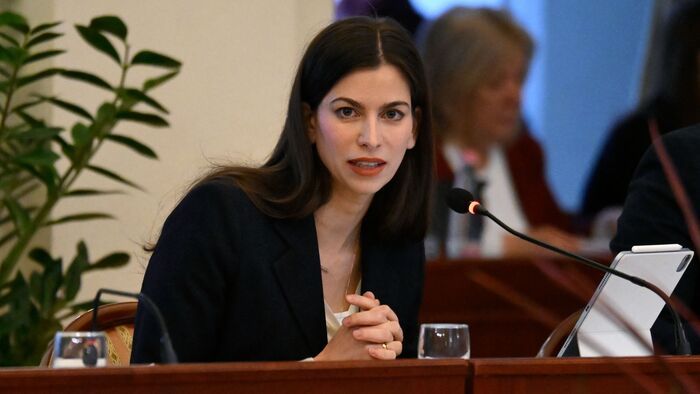


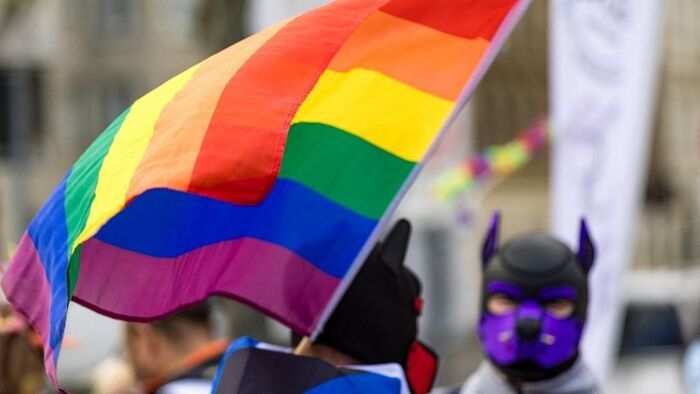
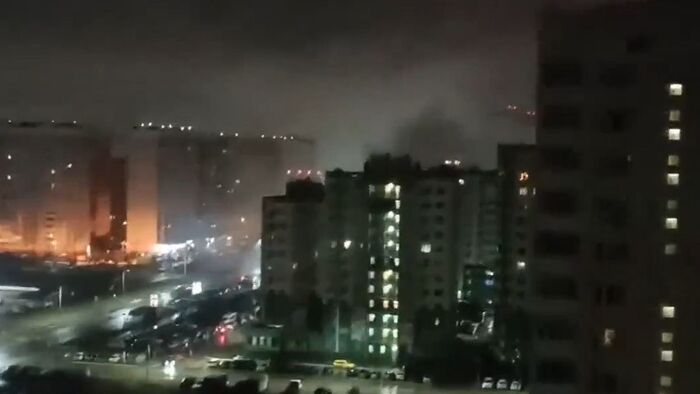

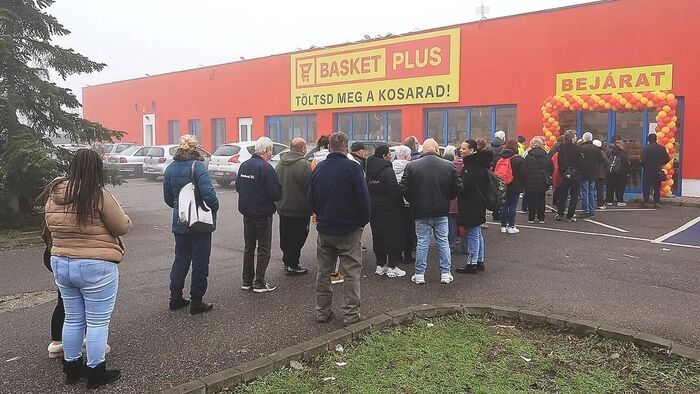


Szóljon hozzá!
Jelenleg csak a hozzászólások egy kis részét látja. Hozzászóláshoz és a további kommentek megtekintéséhez lépjen be, vagy regisztráljon!